If you’re looking to add some dark green leafy plants to your home, this is the guide for you. We’ll show you the best plants to choose, where to place them, and how to care for them.
In the world of plants, there are few things as striking and beautiful as dark green leaves. Whether they’re part of a flowering plant or a simple houseplant, dark green leaves add a touch of drama and sophistication to any setting.
Indoor Plants With Dark Green Leaves
The plant with dark green leaves belongs to the Araceae family and is native to tropical regions of Asia. As an evergreen herbaceous perennial, it retains green leaves year-round. The leaves are dark green and glossy, and the plant can grow to about 2-3 feet tall.
Indoor plants with dark green leaves are the perfect way to add a touch of nature to your home. They not only look good, but they also purify the air and improve the quality of your indoor environment.
The plant with dark green leaves is relatively easy to care for. It prefers bright, indirect light but can also tolerate low light conditions. Water the plant when the soil is dry to the touch and fertilize it every few months.
There are a wide variety of dark green leafed plants to choose from, so you’re sure to find one that’s perfect for your home. If you’re looking for an attractive and low-maintenance indoor plant, a plant with dark green leaves is a great option. With its glossy green leaves, it’s sure to add some life to your home.
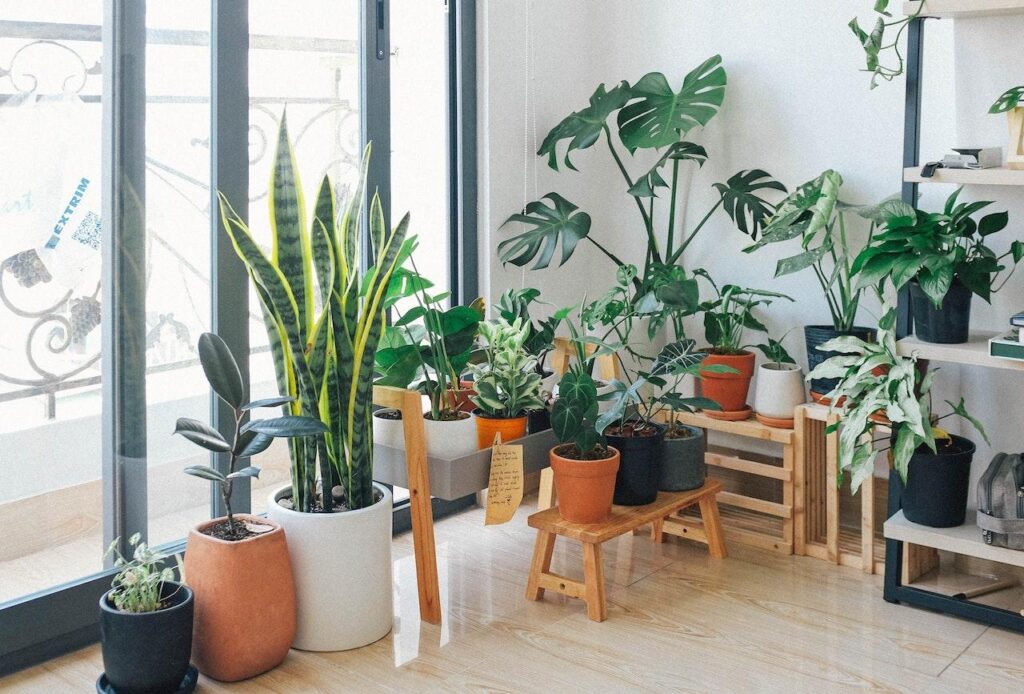
The History Of Indoor Plants With Dark Green Leaves
Throughout the centuries, people have been using plants for decoration and as a source of food, medicine, and shelter. Plants with dark green leaves have been particularly popular for indoor use because they add a touch of elegance and sophistication to any room.
The history of indoor plants with dark green leaves can be traced back to the ancient Egyptians, who used them in their homes and temples. The Egyptians believed that plants with dark green leaves had magical powers and could ward off evil spirits. They also believed that these plants could purify the air and make it easier to breathe.
The ancient Greeks and Romans also used plants with dark green leaves in their homes. The Greeks believed that these plants could bring good luck and prosperity. The Romans believed that these plants could keep away evil spirits and promote good health.
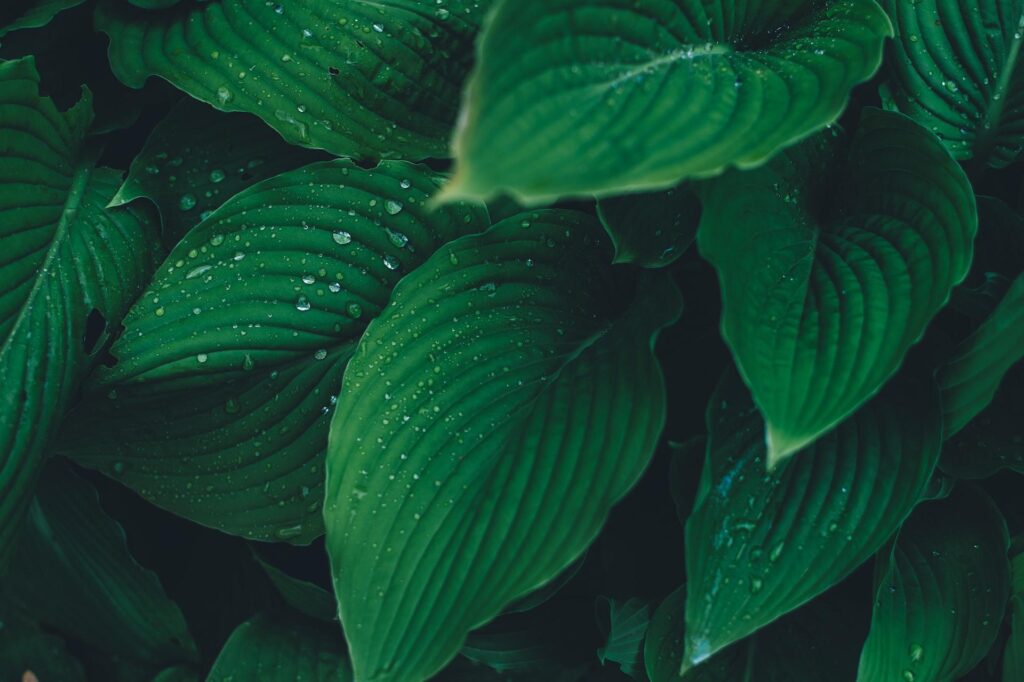
Indoor plants with dark green leaves continued to be popular throughout the Middle Ages and the Renaissance. During this time, many people believed that these plants had special powers and could cure diseases.
They also remained popular in the United States during the Victorian era. During this time, many Americans believed that these plants could improve the air quality in their homes and make them feel more comfortable.
Today, indoor plants with dark green leaves remain popular among many people. In fact, they are believed to improve air quality in both homes and offices. Moreover, these plants add a touch of beauty and elegance to any room, thereby enhancing the overall atmosphere. As a result, they provide not only aesthetic value but also contribute to a healthier indoor environment. Furthermore, incorporating these plants into your space can lead to improved well-being and a more pleasant living or working area.
The Benefits Of Indoor Plants With Dark Green Leaves
Indoor plants with dark green leaves are known to have many benefits. They can help purify the air, increase humidity, and even help improve your mental health. Indoor plants with dark green leaves can be used for a variety of purposes. Here are some of the most popular ones:
1. Air Purification
One of the most well-known benefits of indoor plants is their ability to purify the air. Plants act as natural filters, absorbing pollutants and toxins from the air while releasing clean, fresh oxygen. Moreover, studies have shown that indoor plants can remove up to 87% of volatile organic compounds (VOCs) from the air.
2. Humidity Regulation
Another benefit of indoor plants is their ability to regulate humidity. Specifically, during the colder months, indoor plants help increase humidity levels, which, in turn, prevents dry skin and reduces static electricity. On the other hand, in the summer months, they help cool the air, making the environment more comfortable.
Moreover, they also reduce the amount of moisture lost through evaporation, ensuring a more balanced indoor climate. As a result, plants not only enhance the aesthetic of a room but also contribute to a healthier and more pleasant atmosphere year-round.
3. Improve Mental Health
Indoor plants positively impact mental health in various ways. For example, one study found that patients with plants in their rooms recovered from surgery faster and felt better overall compared to those without them. Moreover, plants have been shown to significantly reduce stress, anxiety, and depression. As a result, they can greatly enhance the atmosphere of any indoor space, contributing to both physical and mental well-being. Furthermore, incorporating plants into daily life can foster a calming environment, making them a valuable addition to any home or office.
4. To purify the air
Plants like the snake plant and the spider plant are excellent at purifying the air inside your home. In addition, they help remove toxins and pollutants from the air, thereby making it healthier for you to breathe.
5. To boost your mood
Plants have been shown to have a positive effect on our moods and emotions. If you’re looking for a way to boost your mood, consider adding some indoor plants with dark green leaves to your home.
6. To improve your sleep
If you’re having trouble sleeping, consider adding some plants to your bedroom. For instance, plants like lavender and jasmine can have a calming effect, which in turn makes it easier for you to fall asleep.
7. To reduce stress
If you’re feeling stressed, spending time around plants can be beneficial. In fact, studies have shown that being around plants helps reduce stress and anxiety levels.
8. To increase productivity
If you’re looking for a way to increase your productivity, consider adding some plants to your workspace. Plants have been shown to improve concentration and focus, making it easier for you to get work done.
Whether you’re looking to purify the air, boost your mood, or increase your productivity, adding some plants to your home is an excellent way to achieve these goals. Furthermore, if you’re specifically searching for dark green leaves to serve various purposes, you’ll find that these plants offer both beauty and functionality. In addition, they can complement your home’s décor while simultaneously enhancing your well-being. Therefore, exploring these options will help you choose the perfect plants for your needs, providing a positive impact on both your environment and your health.
Top 5 Indoor Plants With Dark Green Leaves
There are many different types of indoor plants with dark green leaves. Here are some of the best indoor plants with dark green leaves:
1. Snake Plant
Snake plants are a type of succulent that is known for their striking, dark green leaves. The snake plant is a popular choice for indoor plants because it is very easy to care for. It has dark green leaves with white or yellow stripes running down them.
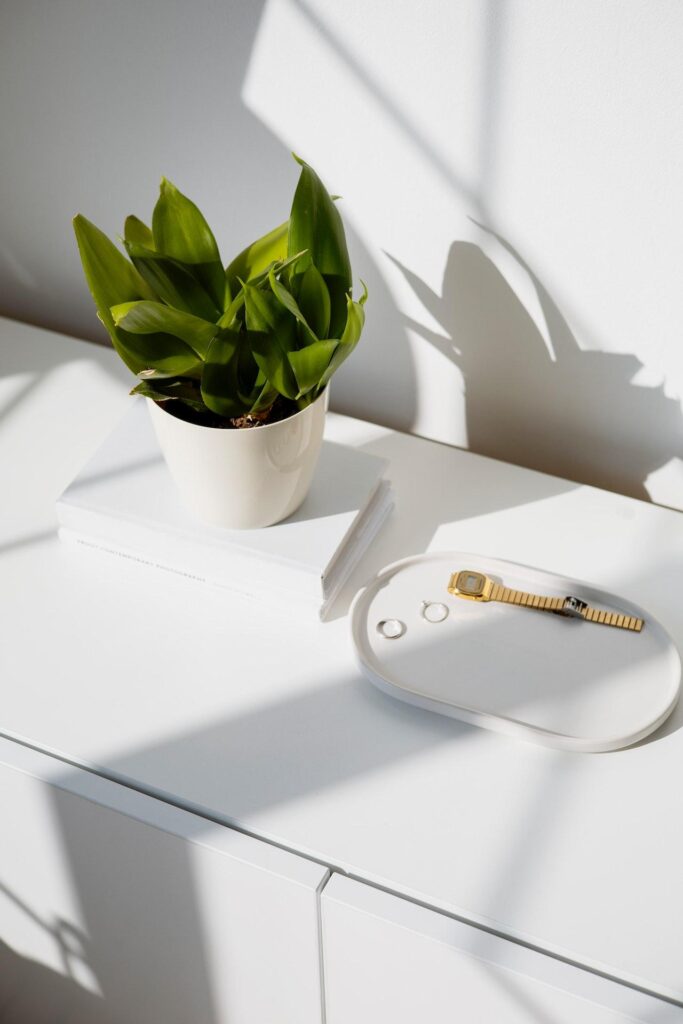
The snake plant is also known for being very good at purifying the air. These plants are a great option for those who want a low-maintenance plant. It’s tolerant of a wide range of conditions, including low light and drought. Plus, it doesn’t need to be watered very often.
2. Philodendron
The philodendron is a beautiful, vining plant that does well in low-light conditions. These plants can grow quite large. They have dark green leaves that are often variegated with other colors like yellow or white. They are also very easy to care for, making them a great choice for beginners.
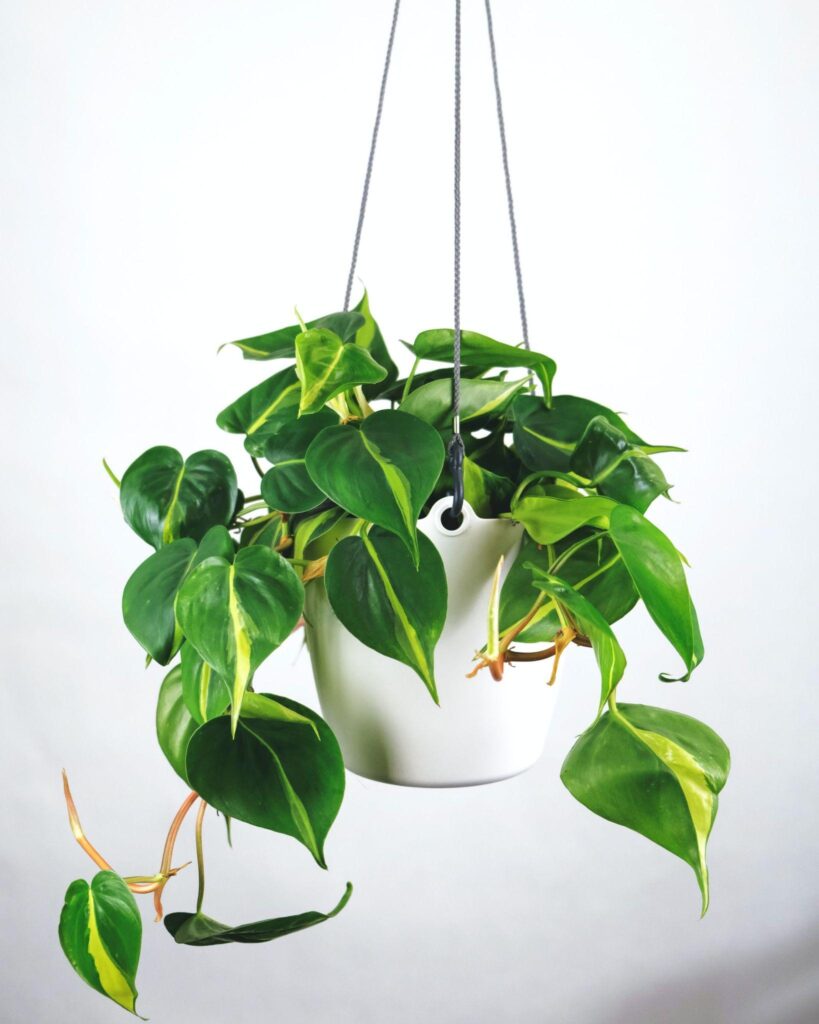
3. Pothos
Pothos is a type of vine that is known for its beautiful, dark green leaves. These plants are related to philodendrons. They have dark green leaves that are often variegated with other colors like yellow or white. It’s a great option for hanging baskets or as a trailing plant.
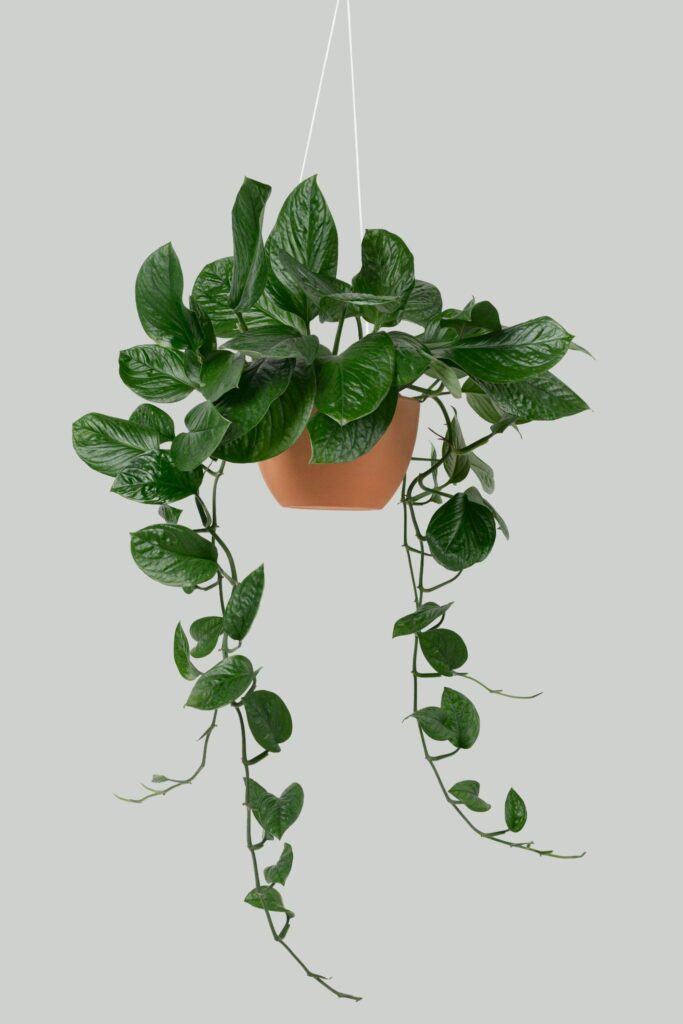
4. Dracaena
Dracaenas are a type of flowering plant available in a wide variety of colors and sizes. They feature dark green leaves, often variegated with colors like yellow or white. Moreover, Dracaenas are easy to care for and make a great addition to any indoor space. They thrive in low to moderate light and require infrequent watering.
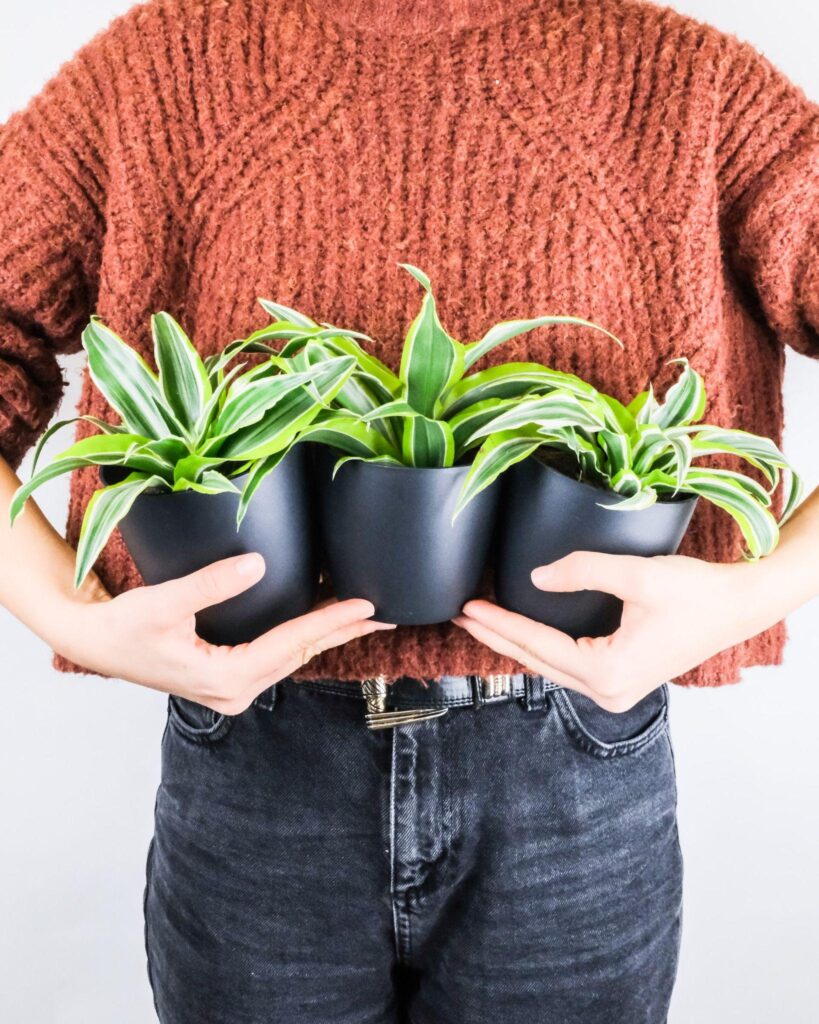
5. Ficus
Ficus is a type of tree that can grow quite large, with dark green leaves often variegated in colors like yellow or white. Additionally, they are relatively easy to care for, making them a great addition to any indoor space.
As a classic houseplant, the Ficus thrives in bright, indirect light. Although it can be a bit more finicky than some of the other plants on this list, its beautiful leaves make it well worth the effort.
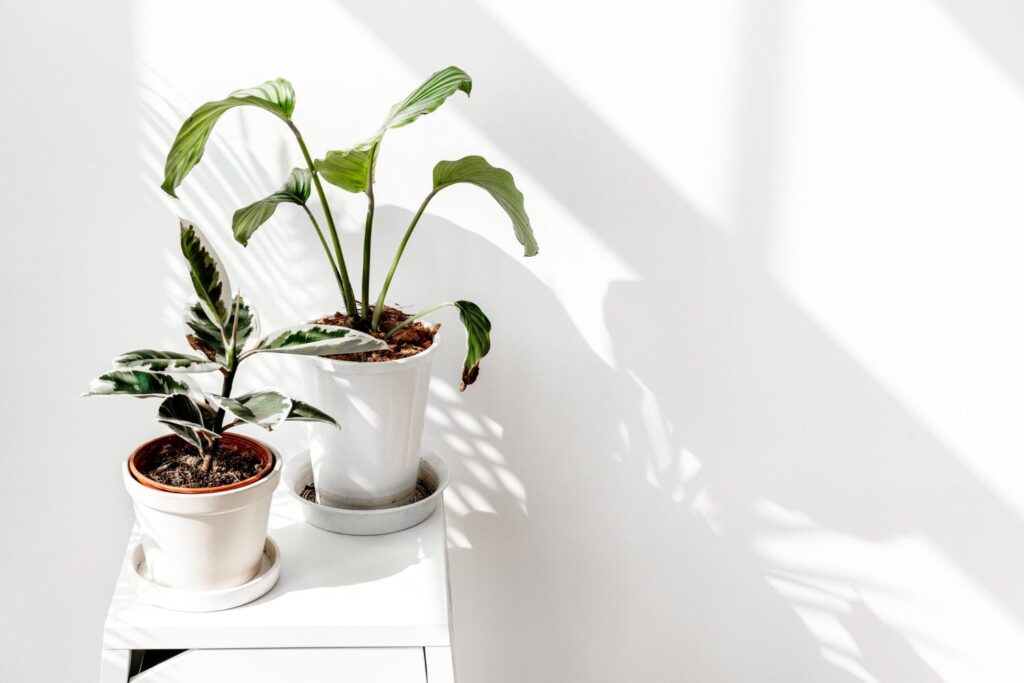
These are just a few of the many indoor plants with dark green leaves that are available. So take your time and choose one that’s perfect for your home. These plants are perfect for those who want to create a tranquil, relaxing space in their home.
How To Care For Indoor Plants With Dark Green Leaves
Indoor plants with dark green leaves are beautiful and can add a touch of elegance to any room. However, they can be somewhat difficult to care for if you’re not familiar with their needs. Here are some tips on how to care for your indoor plants with dark green leaves:
1. Light Conditions
Ensure they receive enough light, as indoor plants with dark green leaves need ample light to stay healthy. If your home lacks natural light, you can use grow lights to provide the necessary light for their well-being.
2. Water
Water them regularly. They require regular watering, but avoid overwatering. Only water them when the soil feels dry to the touch.
3. Fertilize
Fertilize them monthly. They need to be fertilized monthly to stay healthy. Use a general-purpose fertilizer and follow the instructions on the package.
4. Prune
Prune them as needed to keep your plants looking their best. These plants will need occasional pruning, so use sharp pruning shears to cut back any dead or dying leaves.
5. Pests And Diseases
Watch for pests. They are susceptible to pests, such as aphids and mealybugs. If you see any pests on your plants, you can remove them by hand or use an insecticide.
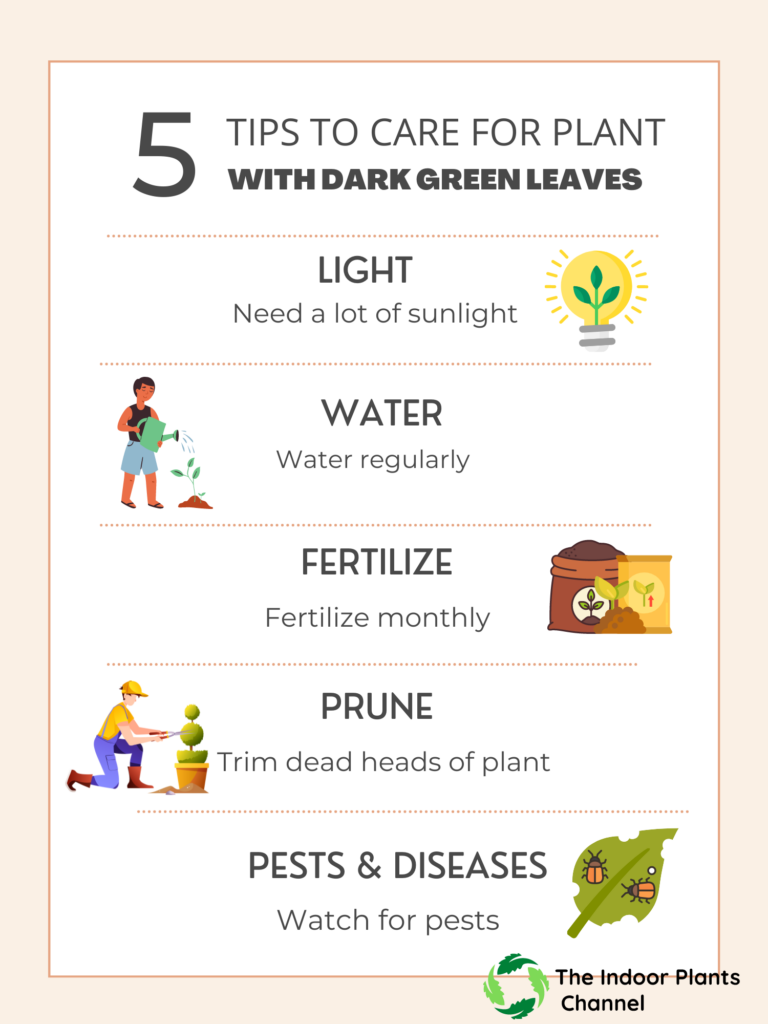
Following these tips, you can keep your indoor plants with dark green leaves healthy and looking their best.
Expert Ideas
- Place the plant in a room with plenty of natural light to help it thrive.
- Water the plant regularly and fertilize it every few weeks to support its growth.
- Prune the plant regularly to keep it healthy and looking its best.
- Dust the leaves of the plant occasionally to keep them looking clean and shiny.
Bonus Tip
To keep your dark green leafy plant healthy, make sure to give it plenty of bright indirect light and water it when the soil is dry.
Frequently Asked Questions
Q 1: What are the best indoor plants with dark green leaves?
Some of the best indoor plants with dark green leaves include Snake Plants, Philodendrons, Pothos, Dracaenas, and Ficus. These plants not only add elegance to your home but are also easy to care for, making them ideal choices for indoor spaces.
Q 2: How do indoor plants with dark green leaves benefit air quality?
Indoor plants with dark green leaves help purify the air by absorbing harmful toxins and releasing oxygen. Plants like Snake Plants and Spider Plants are particularly effective at removing volatile organic compounds (VOCs) from the air, improving overall air quality in your home.
Q 3: What is the best way to care for indoor plants with dark green leaves?
To care for indoor plants with dark green leaves, make sure they have adequate light, regular watering, and occasional fertilization. Additionally, keep humidity levels optimal, prune any dead or yellowing leaves, and keep an eye out for pests. Lastly, adjust care based on the specific needs of each plant to ensure it thrives.
Q 4: Can indoor plants with dark green leaves thrive in low light?
Many indoor plants with dark green leaves, such as Snake Plants, Philodendrons, and ZZ Plants, thrive in low light but still need some indirect light. Be sure to place them in areas with adequate light to ensure optimal growth and health.
Q 5: How often should I water indoor plants with dark green leaves?
Watering frequency depends on the plant type, but generally, indoor plants with dark green leaves should be watered when the top of the soil feels dry. Be sure not to overwater, as it can lead to root rot. It’s important to check each plant’s specific water needs.
Conclusion
In conclusion, dark green leaves are the perfect way to add a touch of elegance and sophistication to your home. Moreover, they are easy to care for and can make a big impact in any space. With so many different varieties to choose from, there is certainly a plant that is perfect for you.
So, what are you waiting for? Go ahead and find your perfect plant today!
Michelle Wilde
Related posts
3 Comments
Leave a Reply Cancel reply
![]()
About Michelle Wilde
Michelle Wilde is a stay-at-home mom and avid plant lover. Armed with a post-graduate degree in Computer Science (no kidding!), she loves researching plants and landscapes. When she is not caring for her 4 kids, she spends time on her passion for plants. She blogs at www.indoorplantschannel.com, the trusted source for indoor plants.
Learn more
Subscribe
* You will receive the latest posts and updates about indoor plants!
Search
Recent Posts
Categories
- Beginner Guides (10)
- FAQ (206)
- General (2)
- How-To Guides (212)
- Indoor Plants (214)
- Pest Management (2)
- Plant Problem Solutions (4)
- Seasonal Growing (2)
- Specialized Environments (2)
- Specific Plant Care (3)
- Technical Growing (2)
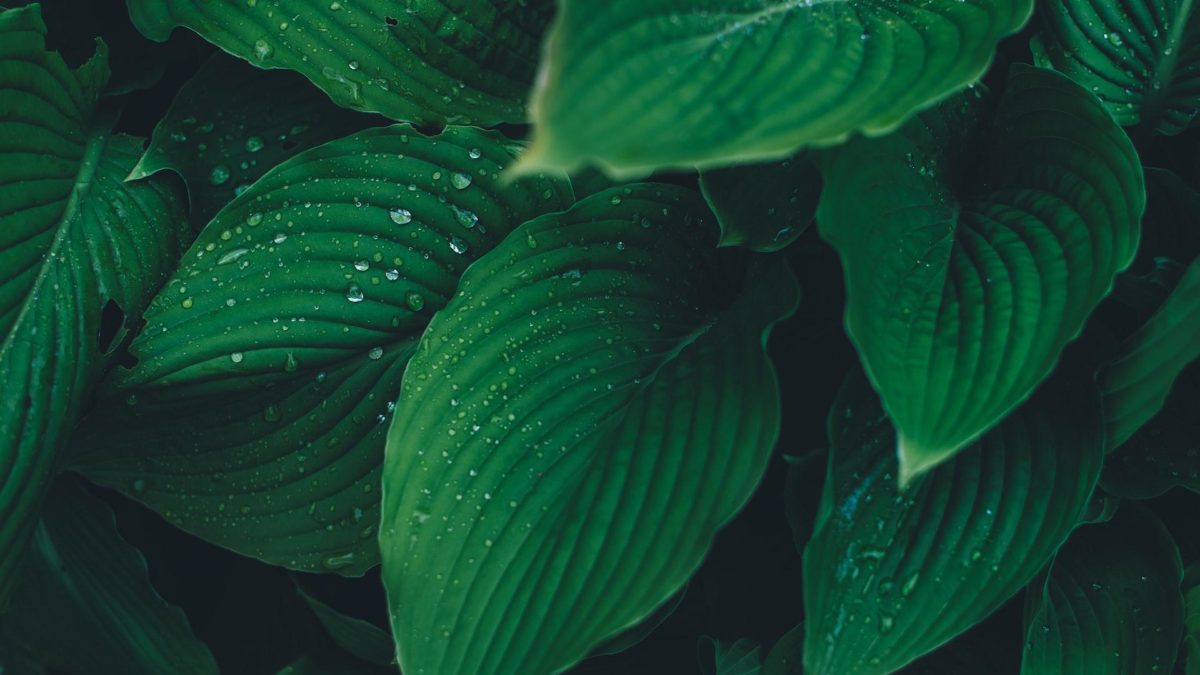
[…] 17 hours ago 11 min read […]
[…] can grow to about 34 feet (11.2 m) tall. The leaves are long, green, and variegated, with light and dark green […]
[…] varieties of sweet potato vine have bright green leaves, while others have more muted colors. If you are looking for a specific color, you should make sure […]